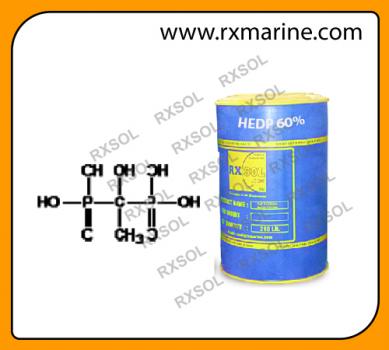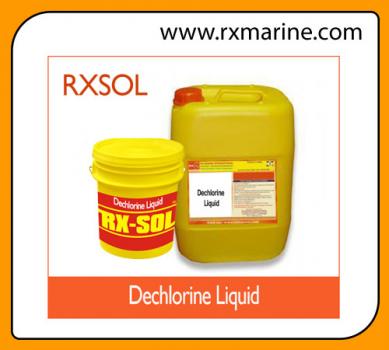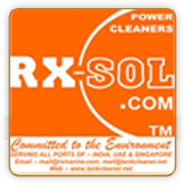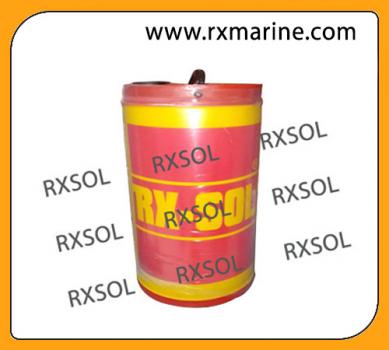Synthesis / Manufacturing Process of HEDP:
The primary raw materials used to manufacture HEDP are acetic anhydride and either phosphorus acid or phosphorus Trichloride. The phosphorus trichloride is converted to phosphorus acid within the reaction vessel, and then reacts with the acetic anhydride.
Uses / Application of HEDP
HEDP is used as a strong Chelating Agent for Metal Ions like Ca, Mg & Fe in water Treatment, Textile, Sugar Processing, Dye, Soaps & Detergents.
Properties :
HEDP is a 60% active aqueous solution and is part of the Biphosphonic Acid Group. It is highly water soluble and stable under harsh conditions, which makes it ideal for water treatment. The main uses in the water treatment industry are, reverse osmosis formulation, cooling water treatment, boiler water treatment, swimming pools, scale and corrosion inhibitor.
Handling : HEDP 60% is slightly toxic by ingestion, practically non-toxic on dermal application, moderately irritating to the skin and corrosive to the eyes. Care should be taken to avoid contact with skin and eyes. In case of contact, flush the affected area with plenty of water. Goggles and rubber gloves should be used at all times when working with the concentrated material.
Storage : Store in cool place. Keep container tightly closed in a dry and well-ventilated place. Containers which are opened must be carefully resealed and kept upright to prevent leakage. Over time, pressure may increase causing containers to burst Handle and open container with care.
Packing : 65 Kgs HDPE Carbouy / 275 Kgs Polydrum / 1400 Kgs IBC
HEDP 60% ( 1, Hydroxyethylidene Diphosphonic Acid)
Description:
HDPE is an organo phosphoric acid Corrosion inhibitor. It can chetale with Fe, Cu, and Zn ions to form stable chelating compounds . It can dissolve the oxidized material on Metal Surfaces.HDPE can react with metal ions with water system to form hexa element Chelating Complex, with Calcium ion in Particular.Therefore, HDPE is Good Anti Scale and Visible threshold effects.
Physical Properties:
Chemical Name: 1-Hydroxyethylidene-1,1- Diphosphonic Acid Etidronic Acid
Abbreviation: HDPE
Case No: 2809-21-4
Molecular Structure:
Molecular Formula: C2H8O7P8
Appearance: Clear Colourless to pale yellow liquid
Molecular Weight: 206
Specification:
Color and physical form: Clear , colorless liquid
Molecular Weight : 206
Active content: 60 % (+/-2 %)
Density : 143-1.47
pH of 1% Solution : Max 2
Chelation Value: NLT 500
Phosphorus Acid Content: Max 2 %
Chloride : Max 150 PPM
Iron: Max 20 PPM
Packaging: 65 Kg / 250Kg /290Kg HDPE Drum / IBC
Other Information
Reach Registration : No
MSDS: Available on Request
Sample / Other Details: Available On Request
Application /Uses:
HDPE Is used as Scale and corrosion Inhibitors in circulating cooling water systems, oil fields and low pressure boilers in fields such as electric power, Chemical Industry, metallurgy , fertilizer etc. In the Light Woven Industry ,HDPE Is used as Detergent in Metal and non metal .In the dyeing Industry,HDPE is Used as Peroxide Stabilizer and dye fixing agents.In non Cyanide electroplating HDPE Is used as chelating agents.
Customized / Special Grades also be provided as per customer requirement .















